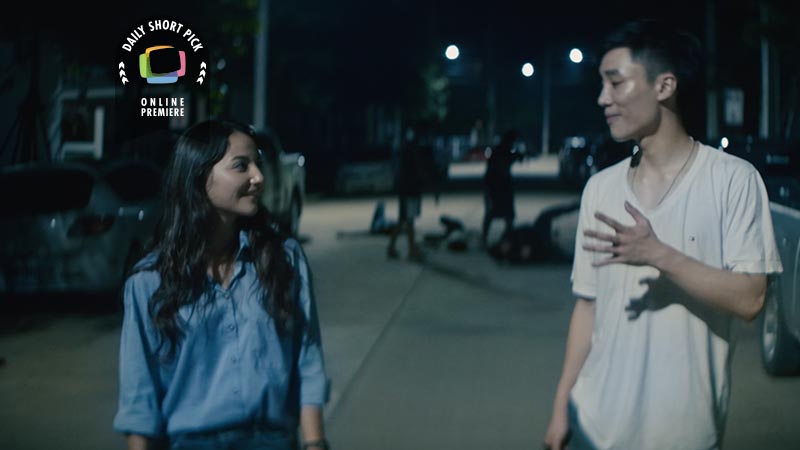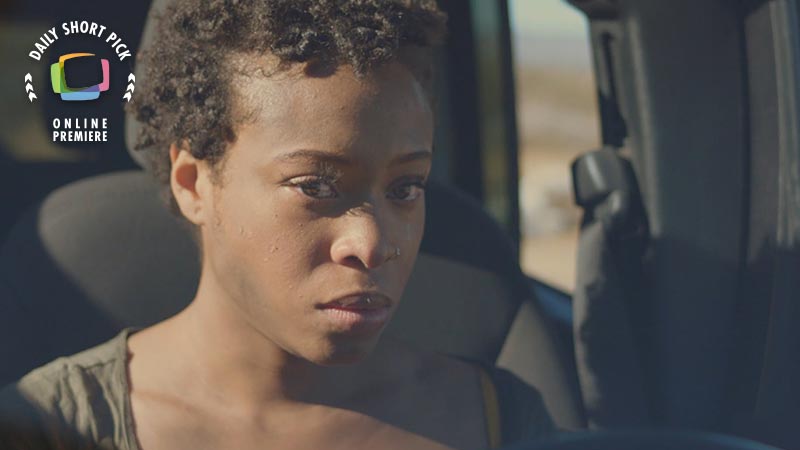It’s Halloween.
Jessa, a Chinese-Swedish 8-year-old, wears her favorite costume: two pigtails with colorful, mismatched clothing. She’s Pippi Longstocking, but no one seems to know it.
As she dangles from the monkey bars, Jessa muses on last week, when a casual comment to her mother led to an unexpected exploration of nostalgia, interpretation, and survival.
Now, in front of her peers, Jessa must decide what part of herself to show – and if there’s anything she should hide.
Director’s Vision for ‘Pippi’
Karoline’s screenplay celebrates the joy and strength of an iconic “shero” figure, especially as something that bonds a mother and daughter, and when least expected, complicates both. I am drawn to stories with uncomfortable gray areas that force the audience to think beyond its constructed binary of good and evil. PIPPI immediately drew me into the mind of 8-year-old Jessa and her experience of this complexity. I was very interested in PIPPI’s intense psychological elements. I wanted to explore how Pippi Longstocking had been burned into the mind’s eye of both Jessa and her mother. This heroine lived in their psyches, the way that dominant culture so often does. The media and icons we consume as children stay with us and become baked into our consciousness. (Re)watching the original Swedish TV show became a guidepost. Although its main aesthetic is observational, there are moments when the camera enters Pippi’s POV. We were inspired by this stylistic blending, which has contributed to the off-kilter nature and dynamic tension. We’ve leaned into this discomfort, creating a viewing experience that not only reflects the process of racial reckoning but also hints at the nature of transformation itself.



